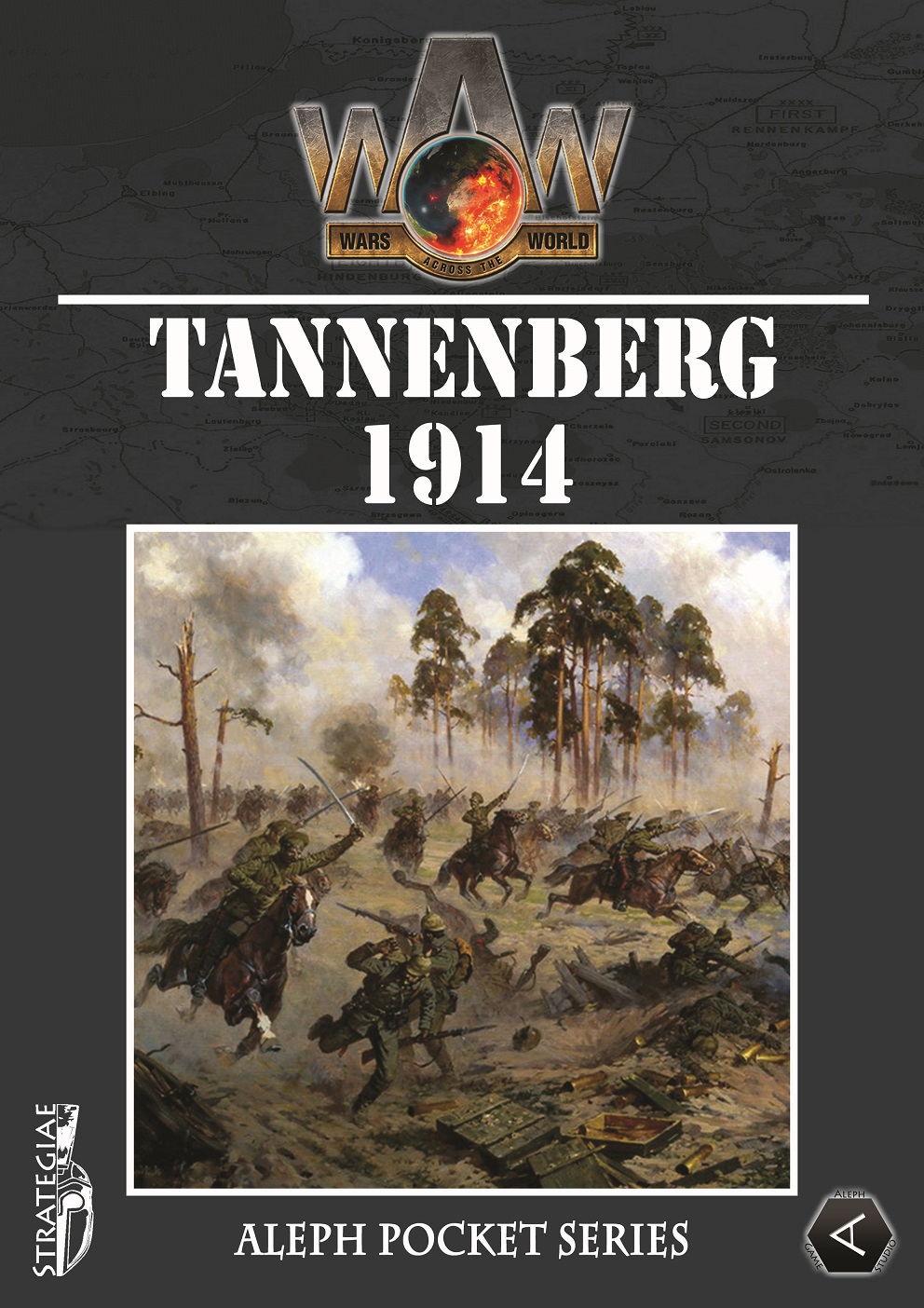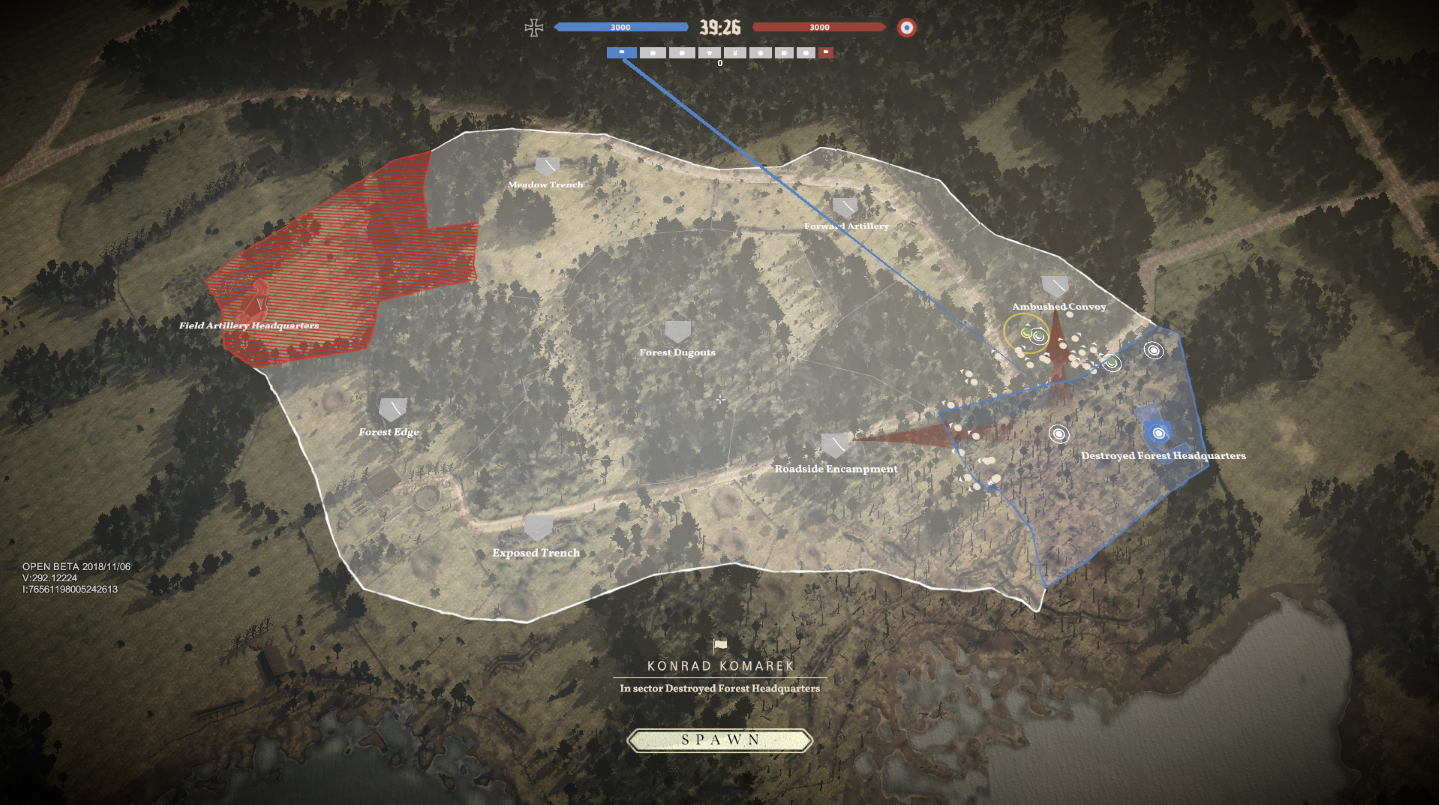

May 16, 1916: Sykes-Picot Agreement The Sykes-Picot Agreement was a secret agreement between Britain and France, with the consent of Russia.

About 300,000 soldiers were killed, with many more wounded. German forces were subsequently diverted from Verdun when the British launched the Battle of the Somme, and the Battle of Verdun ended in December when the French recaptured initial German gains. The German Army attempted an offensive near the French city of Verdun that quickly devolved into a stalemate. Written from the perspective of the men who died at Ypres, the poem helped turn the poppy, which was one of the few flowers that grew in the devastated soil on the Belgian battlefield, into a commemorative symbol of World War I.įebruary 21–December 18, 1916: Battle of Verdun The Battle of Verdun was one of the longest and deadliest battles of the war. Wilfred Owen, one of the best-known poets of the war, later described a gas attack in his poem “Dulce et Decorum Est.”ĭecember 8, 1915: Publication of "In Flanders Fields" Written by Canadian John McCrae, “In Flanders Fields” is one of the most famous poems from World War I. There were many artistic responses to the horrors of war. This battle was the first instance in which the German military used lethal poison gas on the Western Front, an act which violated the 18 Hague Conventions. The battle resulted in approximately 70,000 Allied casualties and 35,000 German casualties, but neither side won a clear victory for control of the town. Consequently, as the first reports of Nazi atrocities began to emerge at the outbreak of World War II, many people discounted the information, based on experiences with the Belgian atrocities.Īpril 22, 1915–May 25, 1915: Chlorine Gas Attack at the Second Battle of Ypres The Second Battle of Ypres was fought between the German Army and the British, French, and Belgian militaries for control of the Belgian town of Ypres. A British commission documented these atrocities in a highly publicized and inflammatory report.Īfter World War I, people realized that many of the stories had been greatly exaggerated and sometimes fabricated, which sparked scepticism about later atrocity stories. Reports of these “Belgian atrocities” sparked international outrage. Spring 1915: Bryce Report-Committee on Alleged German Outrages When the German army invaded Belgium in 1914, the advancing German military killed approximately 6,000 Belgian civilians. The victory at Tannenberg brought considerable prestige to Field Marshal Paul von Hindenburg and his staff-officer Erich Ludendorff, who would play prominent roles in Germany in the years to come. It resulted in the near complete destruction of the Russian Second Army. The Battle of Tannenberg fought between Russia and Germany, was one of the first battles of the war and the first major battle won by Germany on the Eastern Front. This timeline describes some key events related to World War I and its aftermath.Īugust 26–30, 1914: The Battle of Tannenberg Within six weeks of the assassination, Europe was at war. The German offensive quickly violated Belgian neutrality, and the British declared war on August 4, 1914. Germany declared war first on Russia, then on France, who was militarily allied with Russia. Russia entered the conflict on Serbia's side. In response, Austria-Hungary declared war against Serbia on July 28. The Serbs, with Russian backing, refused the empire's demands. The subsequent international crisis led to the outbreak of World War I.įollowing the assassination, the Austro-Hungarian Empire, supported by the German government, issued an ultimatum demanding among other things that Serbia cease all activities against Austria-Hungary. Members of a Serbian nationalist group carried out the assassination. Archduke Franz Ferdinand was in the line of succession to the Austro-Hungarian throne when he and his wife Sophie were assassinated on June 28, 1914, in Sarajevo.


 0 kommentar(er)
0 kommentar(er)
